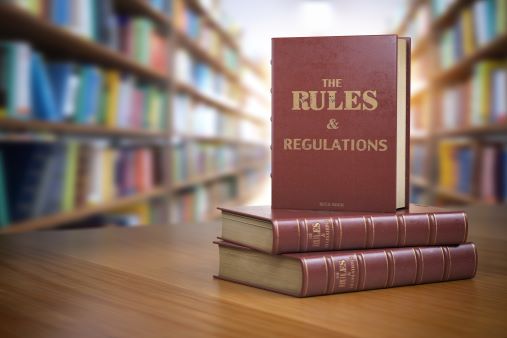The U.S. Department of Labor (DOL) issued its final rule regarding joint employment under the Fair Labor Standards Act (FLSA). The rule is effective March 16, 2020, and as the DOL explained in announcing the new rule, it “will add certainty regarding what business practices may result in joint employer status,” which the agency expects to result in “greater uniformity among court decisions.”
As the DOL explained, “[u]nder the FLSA, an employee may have, in addition to his or her employer, one or more joint employers—additional individuals or entities that are jointly and severally liable with the employer for the employee’s wages.” Essentially, a finding of joint employment means that both the employee’s direct employer and another entity could be liable for violations of the FLSA.
More than 60 years ago, in 29 CFR Part 791, the DOL recognized the possibility of an employee having two or more employers. Since then, there has been substantial confusion (and considerable litigation) over “the most common joint employer scenario under the Act—where an employer suffers, permits, or otherwise employs an employee to work, and another person simultaneously benefits from that work.” The DOL’s rule is intended to relieve that confusion.
Echoing the standard found in some court decisions, including Bonnette v. California Health & Welfare Agency, the new rule adopts a four-factor balancing test for determining joint employment. The factors are whether the putative joint employer:
- Hires or fires employees
- Supervises and controls employees’ schedules or conditions of employment to a substantial degree
- Determines employees’ pay rates and the methods by which employees are paid, and
- Maintains employment records for the employees
No factor is dispositive, nor is any given particular weight – that task is for the finder of fact. However, the DOL made clear that while maintenance of employment records is relevant, joint employment status cannot be demonstrated solely by showing that the putative joint employer maintained employment records.
The rule also makes clear that the putative joint employer must actually exercise control over the factors; the ability of a putative joint employer to do so is not enough.
The rule notes that other factors are relevant only if they bear on whether the putative potential joint employer “exercises significant control over the terms and conditions of the employee's work.” Rebuking some court decisions, the rule makes clear that the “economic dependence” of an employee on a putative joint employer is “not indicative of whether an employee has a joint employer.”
Contractual arrangements obligating the direct employer to comply with the law (including obligations under the FLSA, requiring sexual harassment policies, etc.) or to meet health and safety standards “does not make joint employer status more or less likely.” Moreover, a finding of joint employment is not more likely due to:
- Providing sample employee forms and policies to the employer
- Allowing the employer to operate at its location
- Offering a health plan or retirement plan to the employer, or participating in the same with the employer, or
- Cooperatively partaking in an apprenticeship program with the employer
Helpfully for franchisors, the rule explicitly states that “[o]perating as a franchisor or entering into a brand and supply agreement, or using a similar business model does not make joint employer status more likely,” nor do contractual obligations requiring “quality control standards to ensure the consistent quality of the work product, brand, or business reputation.”
The rule does not directly impact joint employer liability outside the FLSA context, and other agencies are expected to follow suit with their own rules governing joint employment. As ever, it remains to be seen how the courts will deal with the DOL’s final rule, particularly in the context of alleged violations of state law. And of course, there may well be continued litigation over the parameters of the four factors. However, for employers, the DOL’s rule should provide usable and clearer guidance regarding the contours of potential joint employment status.














